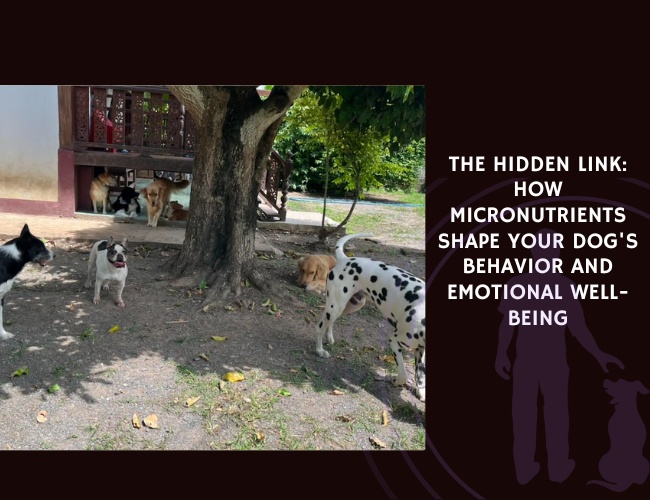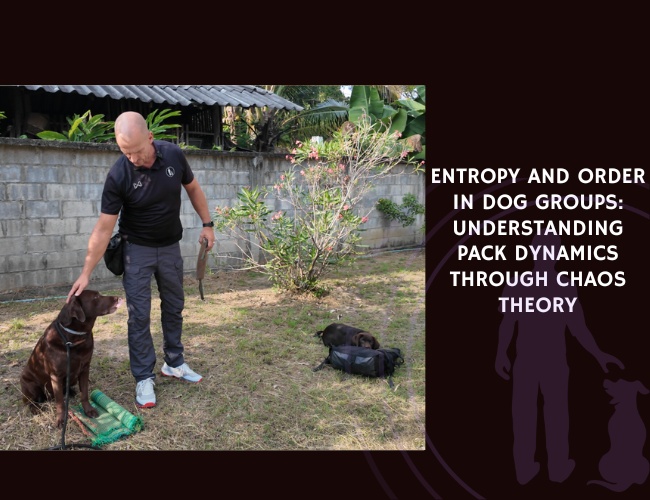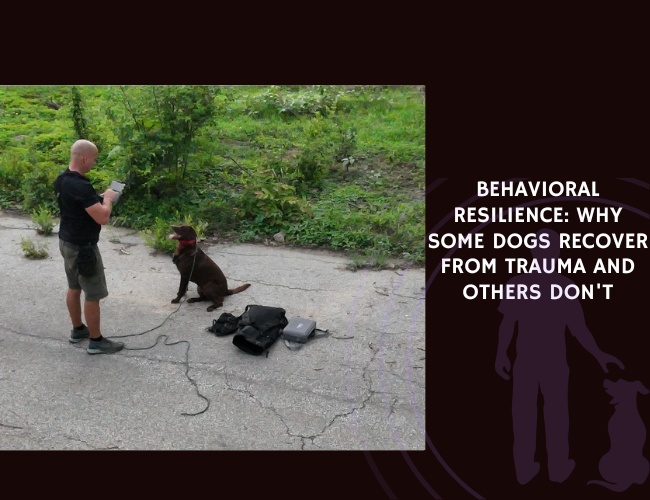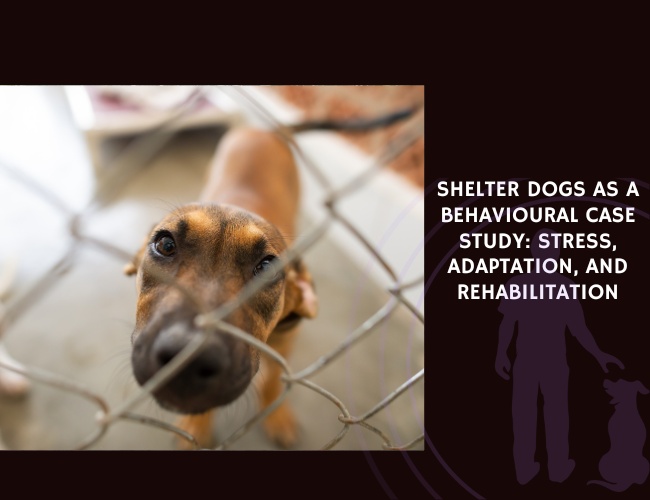Pet dogs are known to provide companionship and emotional comfort, but their role in stress buffering for children under acute social pressure is less well understood. This study evaluated whether pet dogs could reduce children’s stress responses during the Trier Social Stress Test for Children (TSST-C), a validated laboratory protocol for inducing social stress.
The study involved 101 children aged 7–12 years, each accompanied by their primary caregiver and pet dog. Children were randomly assigned to one of three conditions during the stress test: pet dog present, parent present, or no support figure present. Measures included children’s self-reported stress and salivary cortisol at baseline, during the stressor, and in recovery.
In the no-support condition, children exhibited the expected rise in both perceived stress and cortisol. In contrast, those in the pet dog condition reported significantly lower perceived stress compared to both the no-support and parent-present groups. While no overall difference in cortisol response was found across conditions, children who engaged in more petting of their dog and experienced less dog-initiated proximity-seeking showed lower cortisol levels.
The findings suggest that pet dogs can serve as effective socio-emotional buffers for children during stressful social situations. The degree of physiological stress reduction, however, may depend on the nature of the child–dog interaction during the event.
Source: Kertes, D. A., Liu, J., Hall, N. J., Hadad, N. A., Wynne, C., & Bhatt, S., Social Development, May 1, 2017. https://doi.org/10.1111/sode.12203










